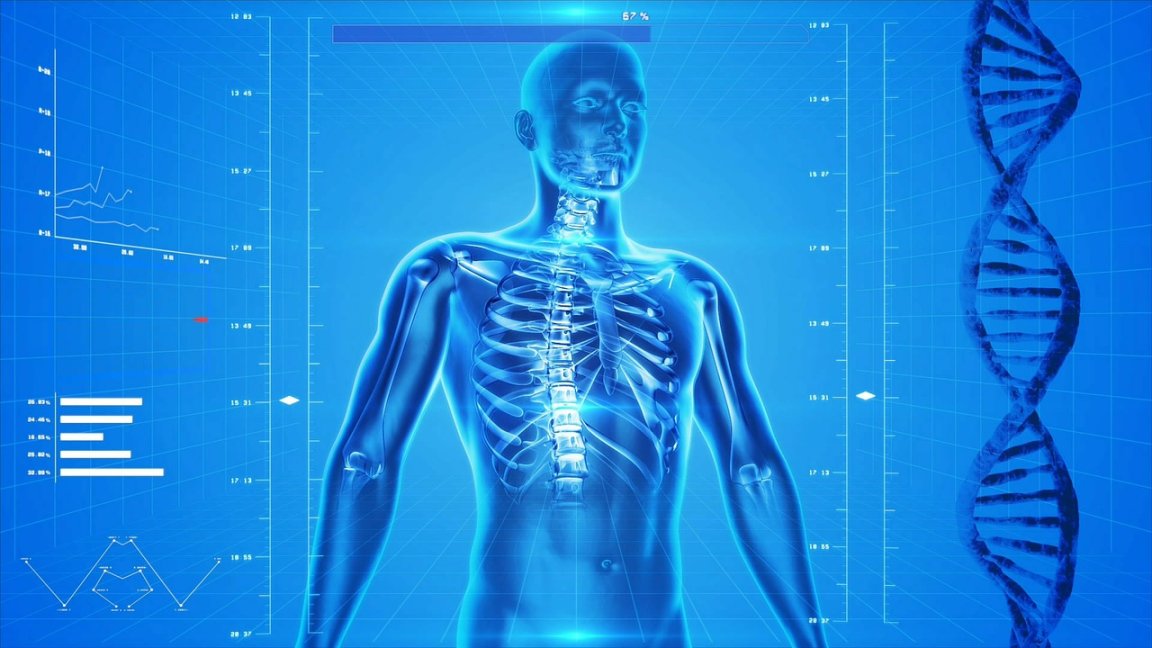
Follow the Light
Researchers from the University of Edinburgh and Heriot-Watt University have developed a new method of tracking endoscopes, which are tools used to observe the inside of a patient’s body. The device is capable of detecting individual photons emitted from an endoscope’s illuminated tip.
It’s difficult to keep track of an endoscope, as the light they emit is typically scattered by the tissues and organs it passes through. As a result, X-rays, or another similarly expensive techniques, have had to be used in conjunction to get a clear image.

However, this new project boasts a method of tracking that scattered light, as well as being sensitive enough to monitor small amounts of light through up to 20 centimeters of tissue. It records the time that it takes for light to pass through the body, which can be used to pinpoint where the endoscope is.
Seeing is Believing
“The ability to see a device’s location is crucial for many applications in healthcare, as we move forwards with minimally invasive approaches to treating disease,” Professor Kev Dhaliwal, at the University of Edinburgh, told Phys.
Doctors are better equipped than ever before to see exactly what’s going on inside their patients’ bodies, which helps them to make accurate diagnoses. There is a lot of great work being done to ensure that this information can be gathered with a minimum of discomfort.
There may come a time when endoscopes aren’t even required — researchers have made significant progress in the use of more agreeable techniques to screen for cancer, ranging from a small, swallowable capsule to a breathalyzer test.
So, while these advanced techniques are being developed, at least for the time being there are situations where it is necessary to use an endoscope to see what’s really going on inside the body, and this project could prove to at least make the process as efficient and accurate as possible.